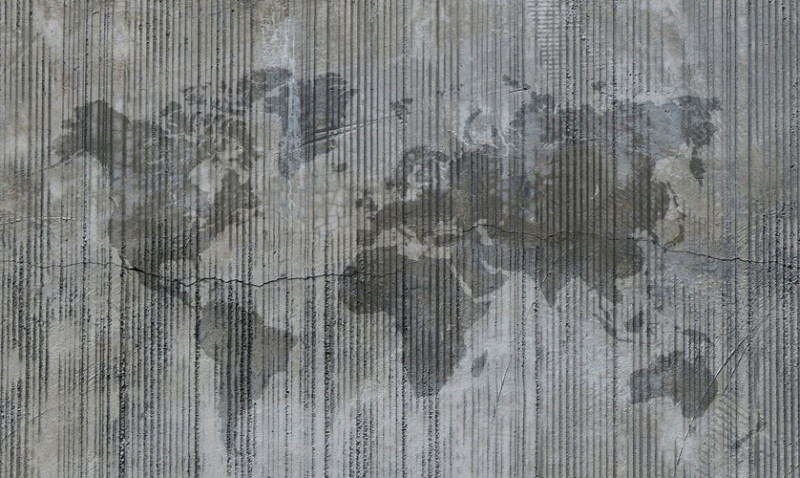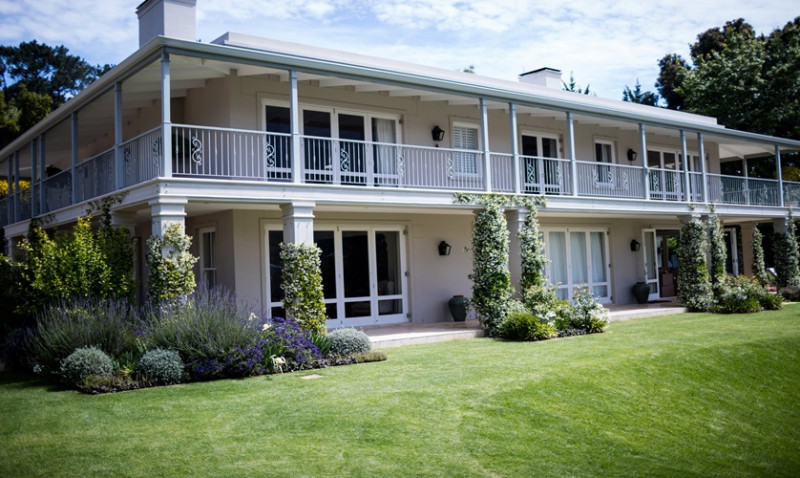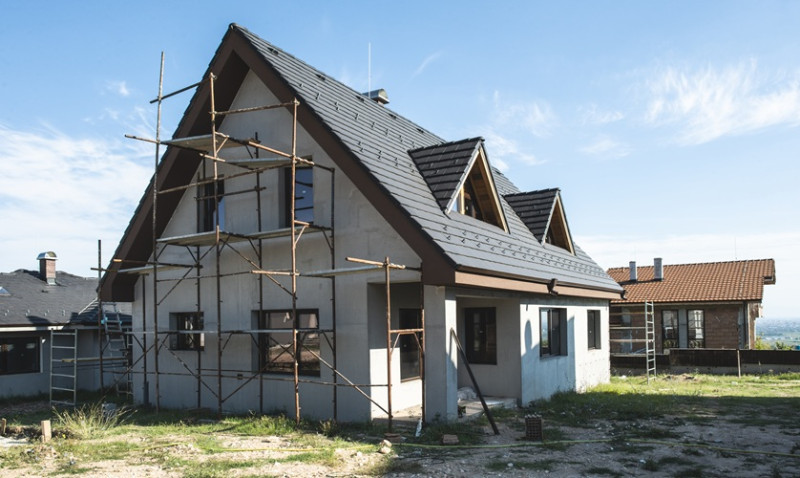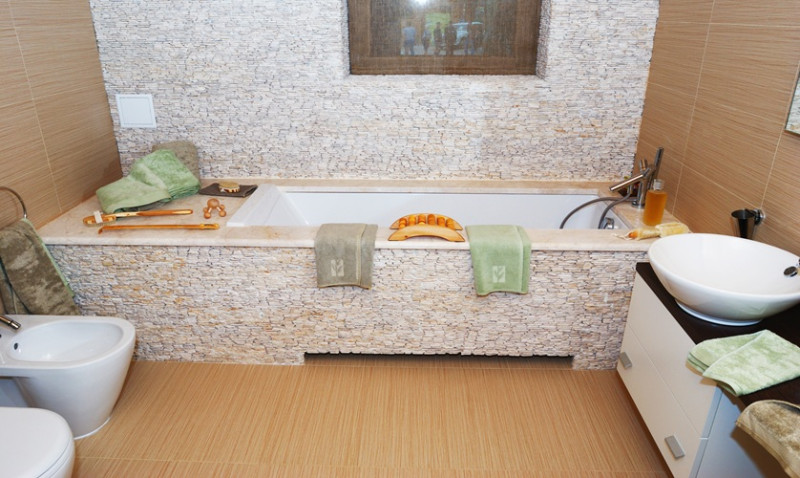
Concrete might seem like a dull, cold material, but with the right staining technique, it can transform any space—indoor or out—into a stylish and contemporary area. Whether you’re a DIY enthusiast renovating your garden patio, a young professional giving new life to your flat, or a professional tradesman planning for your next project, knowing how to stain concrete can give you a real edge in interior or exterior design.
This comprehensive guide walks you through the entire process of staining concrete, offering practical tips and professional tricks specifically tailored for UK conditions and materials. With a little time, the right products, and some patience, you can create a vibrant, marbled look that mimics expensive flooring at a fraction of the cost.
Why Stain Concrete?
Staining concrete is an excellent way to customise both new and old surfaces. It offers a low-maintenance, long-lasting, and affordable option for homeowners and designers looking for a modern, industrial or rustic aesthetic. Concrete stains penetrate the surface for a rich, translucent colour that won’t chip, peel, or fade—ideal for heavy-use areas.
There are two primary types of concrete stains: acid-based and water-based. Acid stains create a mottled, variegated look with earthy tones, while water-based stains come in a wide range of colours and offer more control and consistency for creative designs. Each has its advantages depending on the style and environment you’re working in.
From stylish living room floors to revitalised driveways, staining concrete brings life to a surface many overlook. With so many stain colours and techniques available today, the design possibilities are nearly endless.
Better still, once sealed, stained concrete is incredibly durable and resistant to weather conditions commonly experienced in the UK—including rain, frost, and fluctuating temperatures.
What You’ll Need to Stain Concrete
Before diving into the staining process, it’s essential to have the right tools and materials. Skipping this step can lead to blotchy results or staining failure. Here is a list of equipment and supplies needed to get started:
| Tool/Material | Purpose |
|---|---|
| Concrete cleaner/degreaser | To remove dirt, oil, and grease |
| Concrete etcher (optional) | To open pores in dense concrete for better stain absorption |
| Concrete stain (acid or water-based) | Provides desired color |
| Pump sprayer or brush | Used to apply the stain evenly |
| Protective gear (gloves, safety glasses, respirator) | Necessary for acid-based products |
| Painter’s tape and plastic sheeting | Protect adjacent surfaces |
| Sealer (acrylic or epoxy) | Seals and protects the stained surface |
| Paint roller or sprayer | Applies the sealer smoothly |
While some of these tools are one-off purchases, most can be reused for future projects. For anyone serious about home improvements, they're worthwhile investments.
Step 1: Prepare the Surface
The success of your staining project depends heavily on how well you prep your concrete surface. Begin by removing all furniture, rugs, or décor from the area. Sweep the surface to remove dust and debris, then use a concrete cleaner or degreaser to eliminate any contaminants that may inhibit stain penetration.
If the concrete has been previously sealed, painted, or coated, these layers must be stripped away. You can use a chemical stripper or a mechanical grinder, depending on the size and condition of the area. It’s crucial that the stain can penetrate the surface fully to achieve long-lasting results.
Once cleaned, rinse thoroughly and allow the floor to dry completely—this can take up to 48 hours in damp or cool UK weather. When dry, inspect the surface closely. If it feels too smooth or polished, consider applying a concrete etcher to open the pores and help the stain adhere better.
Tape off any areas you don’t want to stain, such as walls, baseboards, and nearby tiles. Proper protection here prevents accidental splashes and keeps the finish clean and professional-looking.
Step 2: Apply the Concrete Stain
Before applying the stain, shake or stir it well to ensure the pigments are evenly mixed. If you're using multiple cans, mix them together in a larger container to maintain colour consistency across the surface.
Using a pump sprayer or brush, apply the stain in a circular motion to avoid harsh lines. Most professionals prefer pump sprayers for larger areas because they allow more even coverage and less dripping. Work in sections, and always maintain a wet edge to prevent stain marks or overlap lines.
Keep your environment in mind—outdoor projects can be influenced by wind, rain, and temperature changes common in the UK. Choose a dry day with mild temperatures (between 10 and 25°C) for best results.
If a darker colour is desired, multiple coats can be applied after the first has dried fully. Allow each coat to process for at least 12 hours before recoating or sealing. Always follow the manufacturer's instructions for drying times and ventilation requirements.
Step 3: Neutralise and Clean (Acid Stain Only)
If you're working with an acid-based stain, neutralising the surface is a crucial step. Acid residue left on the surface can interfere with sealing and damage the concrete over time. Use a mixture of baking soda and water or a concrete-neutralising solution to halt the chemical reaction and raise the pH level back to normal.
After applying the neutralising solution, scrub the surface thoroughly with a soft-bristle brush. Then, rinse with clean water several times to remove any remaining residue. Use a wet/dry vacuum or mop to collect excess water to ensure no pooling occurs.
Let the surface dry completely before moving on to the sealing process, especially if you're working outdoors. In colder or wet UK climates, drying might take longer than expected—so plan accordingly.
Step 4: Seal the Stained Concrete
Sealing is critical to protect your stained concrete and ensure it lasts for years to come. Choose a sealer suitable for the space you’re working in. For indoor floors, water-based acrylic sealers are often preferred for their low odour and easy application. For outdoor areas, solvent-based sealers offer increased durability against moisture and UV exposure.
Apply the sealer using a roller or sprayer in thin, even layers. Avoid puddling or overlapping, which can create uneven gloss or dark patches. Allow the first coat to dry according to product instructions—usually between 2-6 hours—then apply a second coat for durability.
Keep the area free from foot traffic, pets, and moisture while the sealer cures. Full curing can take up to 72 hours, though light foot traffic is often permitted after 24 hours.
Proper sealing not only protects your surface but also brings out the depth and richness of the stain, much like polishing stone or wood. The final result is a silky, resilient finish that’s easy to clean and maintain.
Maintenance and Care Tips
Once you’ve completed your concrete staining project, maintenance is straightforward. Sweep or vacuum regularly to remove dust or grit that can scratch the surface. Mop with a pH-neutral cleaner, and avoid harsh chemical products that can wear down the sealer.
For outdoor areas such as patios or driveways, consider resealing every 2–3 years to protect against the British weather. Heavy rain, frost, and road salts can all wear on unsealed or poorly sealed surfaces.
Use rugs or floor mats in high traffic areas to preserve the finish, especially in commercial or professional settings. Always address spills quickly to maintain the integrity of the stain and sealer.
With just a bit of care, your stained concrete surface can remain beautiful and functional for decades, making it a smart and stylish investment for homes or commercial properties alike.
Conclusion: Design Meets Durability
Staining concrete is a versatile, budget-friendly way to completely transform any concrete surface. From sleek kitchen floors in a Notting Hill flat to decorative garden paving in the Cotswolds, this technique adapts to almost any setting across the UK. Ideal for both professionals and DIYers, learning how to stain concrete opens new design possibilities without breaking the bank.
At The Home Depot, we supply a full range of concrete stains, tools, and expert advice to help you get the job done right. Visit your nearest location or explore our online store to start your next home improvement project with confidence.
Ready to give concrete a fresh, contemporary look? Pick up your tools, protect your surfaces, and start staining your way to beautifully enhanced concrete spaces.






